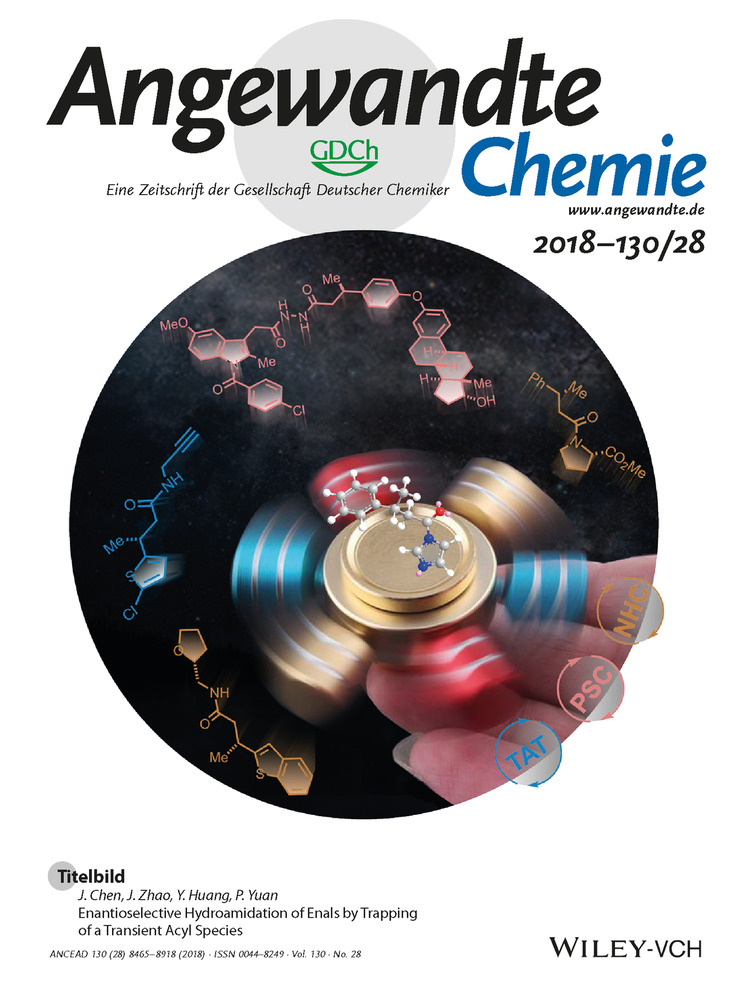Efficient Visible-Light-Driven CO2 Reduction Mediated by Defect-Engineered BiOBr Atomic Layers
Abstract
Solar CO2 reduction efficiency is largely limited by poor photoabsorption, sluggish electron–hole separation, and a high CO2 activation barrier. Defect engineering was employed to optimize these crucial processes. As a prototype, BiOBr atomic layers were fabricated and abundant oxygen vacancies were deliberately created on their surfaces. X-ray absorption near-edge structure and electron paramagnetic resonance spectra confirm the formation of oxygen vacancies. Theoretical calculations reveal the creation of new defect levels resulting from the oxygen vacancies, which extends the photoresponse into the visible-light region. The charge delocalization around the oxygen vacancies contributes to CO2 conversion into COOH* intermediate, which was confirmed by in situ Fourier-transform infrared spectroscopy. Surface photovoltage spectra and time-resolved fluorescence emission decay spectra indicate that the introduced oxygen vacancies promote the separation of carriers. As a result, the oxygen-deficient BiOBr atomic layers achieve visible-light-driven CO2 reduction with a CO formation rate of 87.4 μmol g−1 h−1, which was not only 20 and 24 times higher than that of BiOBr atomic layers and bulk BiOBr, respectively, but also outperformed most previously reported single photocatalysts under comparable conditions.




